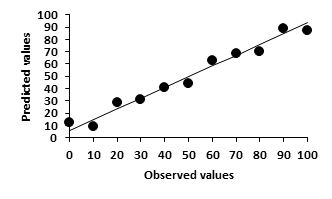
Michele Vitolo
University of Sao Paulo, Brazil
Title: Synthesis of caprylins through the esterification of glycerol with caprylic acid by using immobilized lipase
Biography
Biography: Michele Vitolo
Abstract
Caprylins are short chain acylglycerols having emulsifying and antimicrobial properties. They are nonionic surfactants that can be synthesized using lipase as biocatalyst resulting more pure and not degraded lipids. This study aimed to caprylins synthesis by esterification of caprylic acid and glycerol using immobilized Rhizomucor miehei lipase (Lipozyme RM IM®) as biocatalyst. Methodology & Theoretical Orientation: The effects of reaction conditions, i.e., temperature (30oC – 70oC) and molar ratio caprylic acid/glycerol (2:1 – 6:1) were analyzed using a factorial design consisting of two factors, two levels and three central points. Response surface methodology was applied in order to achieve the best combination of temperature and molar ratio. The reaction time was set at 6h and synthesis occurred in a conventional batch reactor under reduced pressure, agitation of 250 rpm and temperature control. The reaction yield was calculated from the amount of free fatty acids by titration method. Caprylins present into the mixture after the reaction were identified and quantified by gas chromatography (flame ion detector; CP Sil 5CB column (length = 10m and diameter = 0.25 mm; filled with phenyl-methylpolysiloxane); flow gas (1mL/min): hydrogen). Findings: The highest reaction yield achieved was 93 %, when the molar ratio caprylic acid/glycerol and temperature were 2:1 and 50oC, respectively. However, the lower yield (6.3%) occurred at molar ratio caprylic acid/glycerol and temperature of 2.58:1 and 64oC, respectively. Conclusion & Significance: Analysis of variance (evaluated through ANOVA statistical method) showed that the applied model was statistically significant, insofar as the observed values have been located very near of the predicted line (Figure1). So, the parameters chosen (substrates molar ratio and temperature) affected strongly the synthesis of caprylins.

Figure 1. Predict (continuous line) versus observed (—) values related to the statistical model used.

